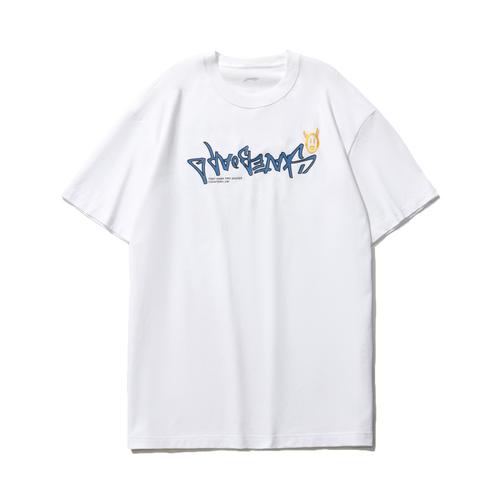The common garment splicing process refers to splicing multiple fabrics or different parts of fabrics together to form a complete garment structure and appearance. The principles and techniques of clothing splicing technology mainly include the following aspects:
1. Flat seam splicing: Flat seam splicing is one of the most common clothing splicing processes. . It works by aligning the edges of two pieces of fabric and using a sewing machine to sew straight or curved lines. Flat seam stitching is suitable for most clothing styles, is easy to operate and stable, and is often used to make collars, cuffs and other parts.
2. Pressed stitching: Pressed stitching is to cross-splice two pieces of fabric together diagonally. This splicing method is often used to make clothing with bias-cut designs, which can increase the three-dimensionality and streamlined shape of the clothing.
3. Bone knitting splicing: Bone knitting splicing is the splicing of two or more pieces of fabric through weaving, knitting and other methods. This splicing method is often used to make clothing with special patterns, patterns or hollows, which can create unique texture and texture effects.
4. Folding and splicing: Folding and splicing is by folding and splicing fabrics together to form a layered and changing appearance of clothing. Folding and splicing can be used to create pleats, three-dimensional patterns and other design elements to make clothing more diverse.
5. Sleeve splicing: Sleeve splicing is the process of splicing the sleeves to the body. Common sleeve head splicing methods include flat seam splicing, sleeve head hemming, etc., which can ensure the smoothness and fit of the sleeves and the body.
6. Pocket splicing: Pocket splicing refers to the process of splicing fabrics onto clothing to form storage space. Common pocket splicing includes flat seam splicing, zipper splicing, etc. You can choose pockets of different shapes and styles according to your needs.
When performing clothing splicing process, you need to pay attention to the following skills:
– Fabric Selection: The material and elasticity of different fabrics will affect the splicing effect and comfort. Matching fabrics need to be selected according to design requirements.
– Symmetry and balance: Symmetry and balance of splicing parts are important factors to ensure the neat and beautiful appearance of the garment, and are crucial for accurate measurement and layout.
– Sewing techniques: Proficient in different sewing techniques, such as flat seams, hemming, curved seams, etc., to ensure the firmness and beauty of the spliced parts. .
-Fine processing: When performing the splicing process, attention should be paid to details such as the streamline connection between fabrics, thread processing and flanging to ensure that the garment The appearance is complete and refined.
By understanding the principles and techniques of clothing splicing technology, we can provide guidance and inspiration for clothing design and production, and create more elegant and exquisite clothing works.








